iPhone 8 Plus vs Galaxy Note 8 low light camera shootout: Which is better for taking photos at night?
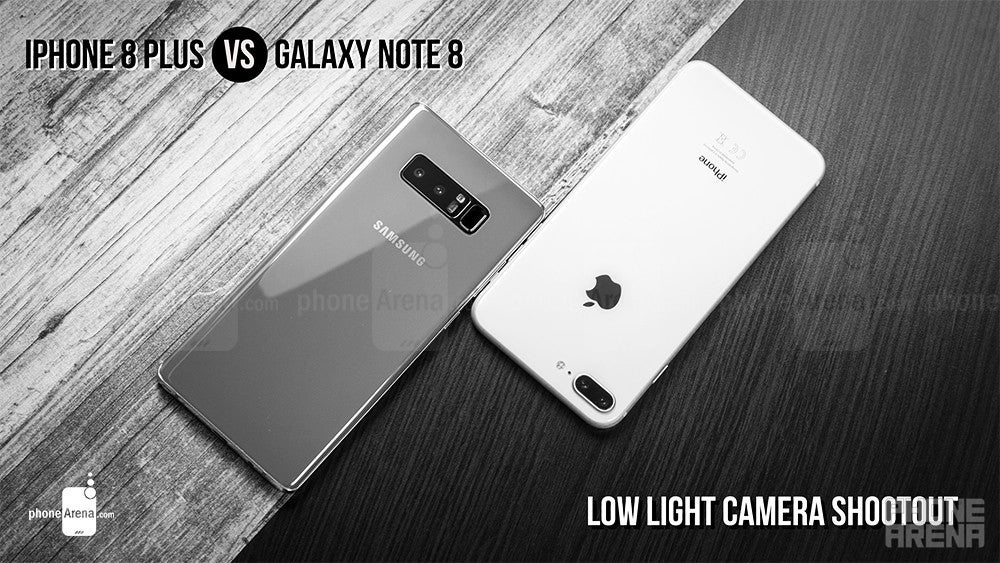
But enough about that, let's cut straight to the chase and introduce the two participants in this comparison: the iPhone 8 Plus and the Samsung Galaxy Note 8. Both phones are capable of taking good, if not outstanding, photos during the daytime, but which is better for nighttime photography? We've already established that the Samsung Galaxy S8/S8+ have some of the best cameras for low-light photography out there, but does the iPhone 8 Plus have what it takes to snatch the crown from Samsung? That's what we're here to find out!
Scene 1
Click to expand high-resolution images
It's not quite dark out yet, but we're entering the so-called “blue hour”, which is the perfect starting point for our comparison. This way, we'll be able to see how the cameras perform in a broader range of scenarios—from late at dusk, til after dark.
Right off the bat, the most noticeable difference between the photos is in the white balance. No surprises here – the iPhone 8 Plus manages to strike a more accurate look, while the Note 8 is a bit on the warm side, which we've come to expect from Samsung at this point. As a side effect from this difference in color temperature, the sky in the iPhone photo pops out a little bit more, with more saturated blues that pleasantly contrast with the warm light radiating from the windows below.
At this point, we usually take an identical area from the two shots and look at it in full size, but since there's a lot going on in this scene—and in the ones below, as a matter of fact—we are going to be examining two (or more) areas from each shot, so as to get a better picture (no pun intended) of how both cameras handle different scenarios.
100% crop
100% crop
When examining the two shots in full size, there is a marked difference in the level of detail in each. The Note 8 photo is noticeably sharper and more detailed, although in some areas, such the clock tower, there are visible traces of the unsharp mask that Samsung's software applies to each image. In this particular scenario, it manifests in the form of a stark outline to the dome of the tower.
The iPhone 8 Plus, on the other hand, produces a much softer image. So much so that right after taking this first photo I had to give the iPhone's camera another wipe, just to make sure, although I'd cleaned it beforehand, and snapped another picture of the building. Alas, the results were no different. For whatever advances the iPhone 8 Plus has made over the 7 Plus in camera tech and software, it fares eerily similarly to last year's model when it comes to nighttime photography.
Scene 2
Click to expand high-resolution images
The brightly-lit cathedral in this shot serves as a strong point of contrast against the dark sky, allowing us to examine how each camera handles dynamic scenes.
Looking at the two shots, there's an immediately noticeable difference in color, only this time around the it's the Note 8 that better represents the scene. Or at least it does to me, as I saw it with my own eyes. The iPhone shot is duller, with overall cooler tones and a tinge of green, while the Note 8 photo is vibrant, sharp and, in my opinion, better captures the brilliance of the light reflected off the cathedral's facade.
100% crop
The difference in detail is arguably even starker here than in the previous scene. The Galaxy Note 8 really does a good job at capturing all the intricate details on the cathedral, while the iPhone 8 Plus murks it up quite a bit.
100% crop
While I was at it, I thought I'd snap some more pictures of the cathedral from different angles, for good measure and because whatever light was left in the sky was about to completely fade away. You can take a look at all the photos I took in the gallery below:
We're not taking a more detailed look at each of these photos, because pretty much everything that's been said thus far applies to them as well. One thing of note is that the iPhone 8 Plus managed to nail a more accurate white balance in most shots. This is especially noticeable in the first set of photos, where the one from the Note 8 is noticeably cooler in tone and just looks off, whereas the one from the iPhone is pretty much spot-on. When it comes to detail, however, Samsung is still king.
Scene 3
Click to expand high-resolution images
The iPhone 8 Plus took the brighter shot in this scenario, which is not bad per se, as it accentuates the foreground better, but it also leads to the highlights on the building in the back being completely blown out. The Note 8, on the other hand, produces a more evenly exposed shot, albeit at the cost of the foreground being darker, but where it truly excels once again is in pulling out detail.
For the record, this photo was taken at 2x zoom on both phones, but whereas the Galaxy Note 8 utilized its telephoto lens to achieve true optical magnification, the iPhone 8 Plus did not – instead, the iPhone had to rely on its main camera and used digital zoom to close in on the scene. This comes down to the fact that the Galaxy Note 8 is equipped with an f/2.4 telephoto lens, while the iPhone 8 Plus sports an f/2.8 telephoto shooter, just like last year's 7 Plus. Since it was quite dark out, and due to its smaller aperture, the iPhone could not employ actual optical magnification. As you can see from the crops below, there's quite a gap between the two photos in terms of image quality.
100% crops
Scene 4
Click to expand high-resolution images
This is the one scene where I feel the iPhone 8 Plus clearly did an all-around better job than the Note 8. The iPhone nailed the color temperature of this shot, while the Note 8 was inclined toward cooler tones once again. Furthermore, the highlights are way overblown in the Note 8 shot, and although the image is somewhat sharper as a whole, it doesn't look as good as the photo from the iPhone 8 Plus, partly because there's quite a bit of detail lost in the clipped highlights.
100% crops
Scene 5
Click to expand high-resolution images
Alright, last scene, and it's a tough one! We have a poorly-lit environment and a very dark subject up front. There's also a bright building in the in the distance, which serves as a point of contrast.
Here, the iPhone struggles to properly expose the metal statue while slightly blowing out some of the highlights on the building in the back. The Note 8 does a better all-around job, with more accurate white balance, better exposure, and more details resolved from the environment. Neither shot looks particularly stunning, but this is a bit of an extreme scenario that we're dealing with for the purpose of this camera test.
In conclusion
In closing, both the Galaxy Note 8 and the iPhone 8 Plus perform similarly to their predecessors (or smaller siblings in the case of the Samsung). The Note 8 does just as well as the Galaxy S8/S8+ for nighttime photography, which is a good thing, since the S8 models excel in this area, as we've already established. The iPhone 8 Plus performs similarly to the iPhone 7 Plus, which isn't exactly good news, since the 7 Plus isn't as adept at low-light photography as some of its competitors. Although the two cameras on the new iPhone Plus model have been improved in some ways over last year's 7 Plus, expect to reap the majority of said improvements during the daytime.
As it stands, it's not hard for me to choose a winner between the two. Although the Galaxy Note 8 tends to not be as accurate as the iPhone when it comes to white balance, it simply produces much more detailed photos at night. When the iPhone manages to nail a shot, it does look good (Scene 4 for example), but that happens all too rarely, as the phone just tends to struggle in more dimly-lit environments. I, for one, am willing to trade the more "natural" looking colors of the iPhone 8 for the all-around better sharpness and clarity that the Note 8 offers, but that's just me.
ALSO READ:
Follow us on Google News

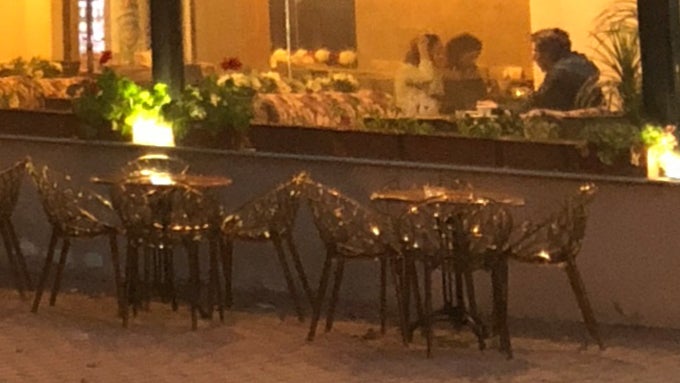
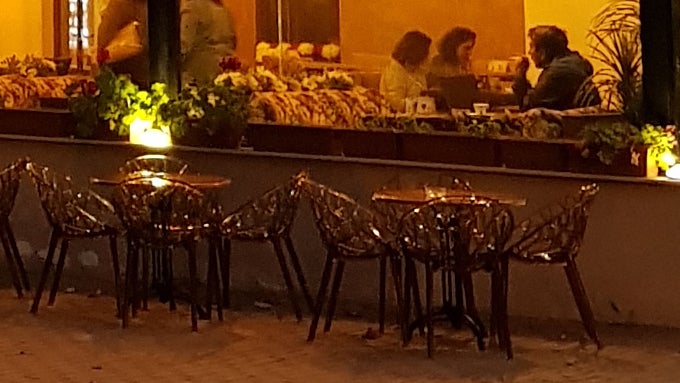
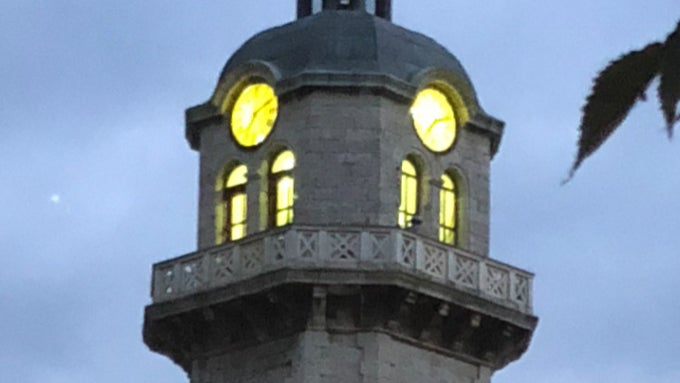
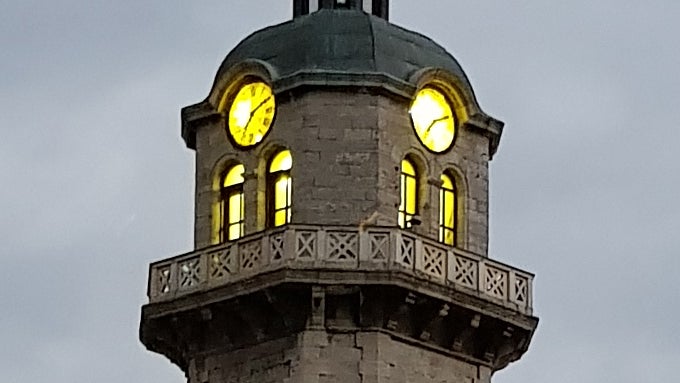
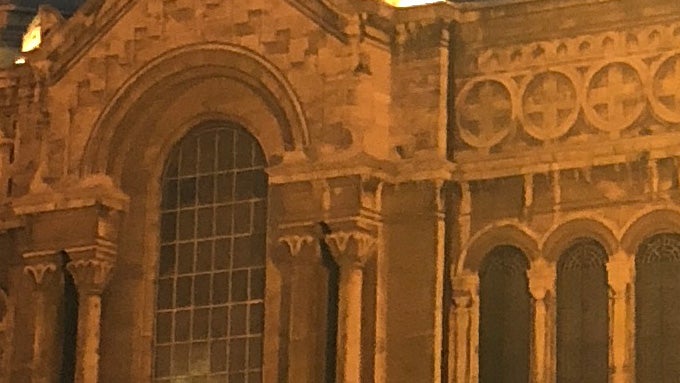
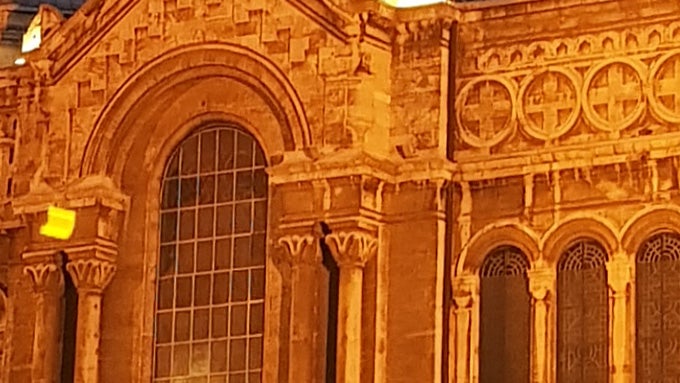

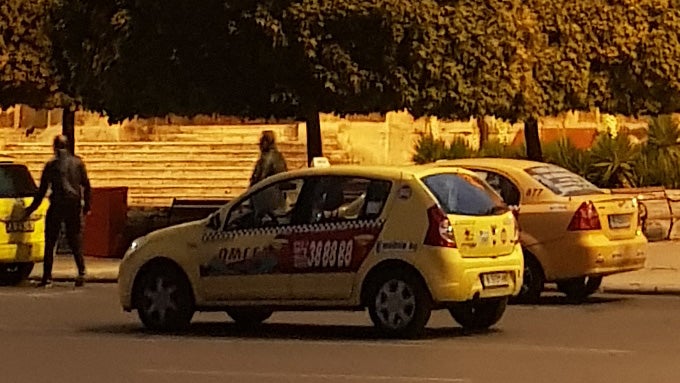
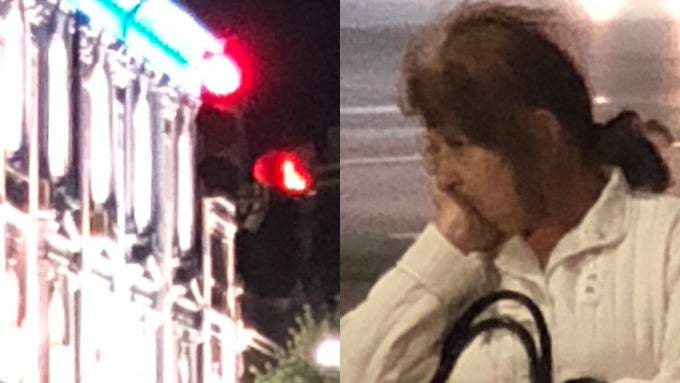
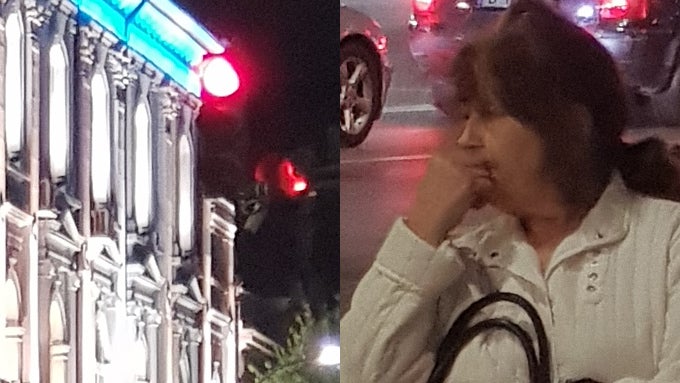
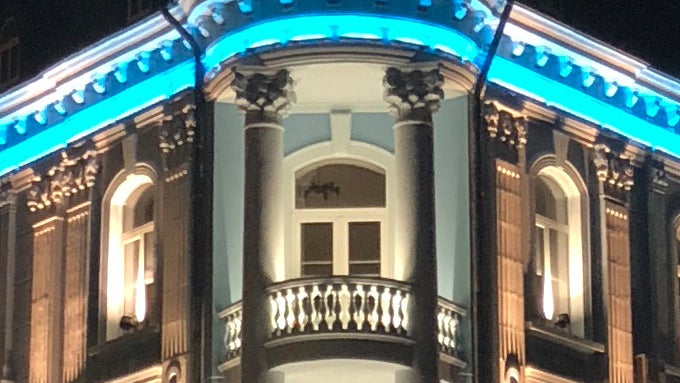
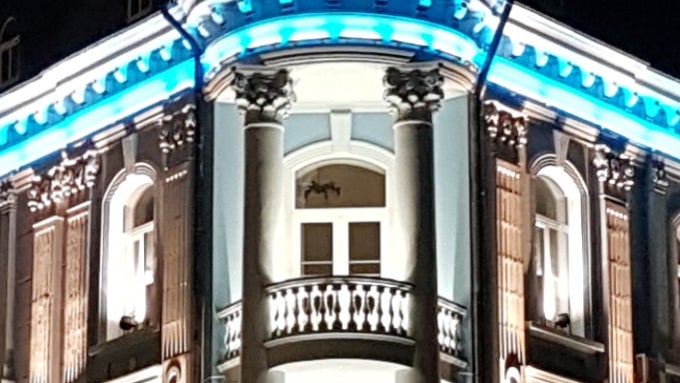
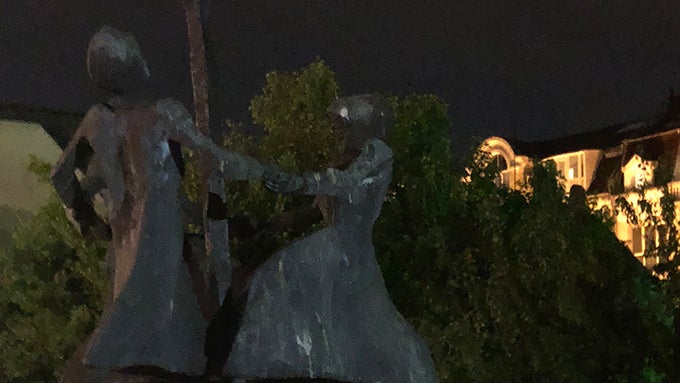
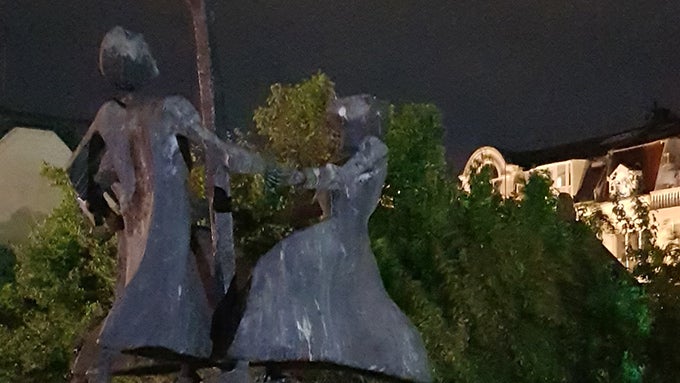















Things that are NOT allowed:
To help keep our community safe and free from spam, we apply temporary limits to newly created accounts: